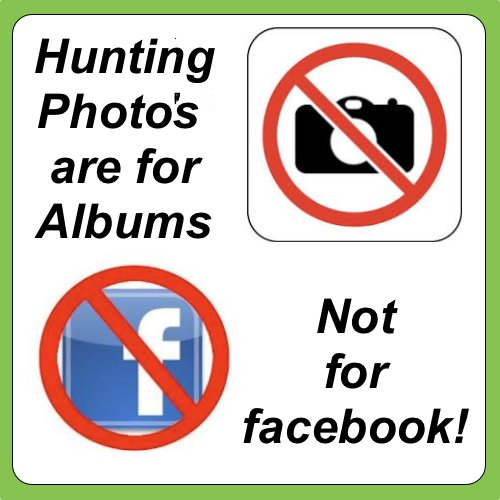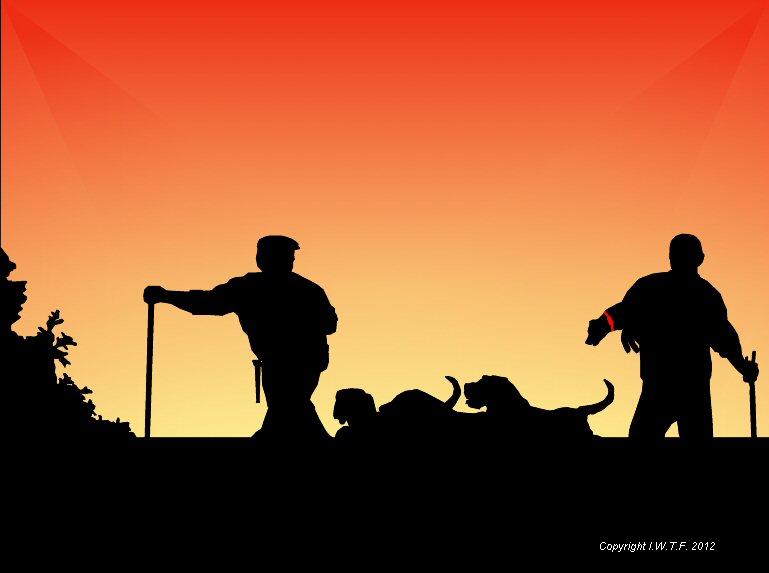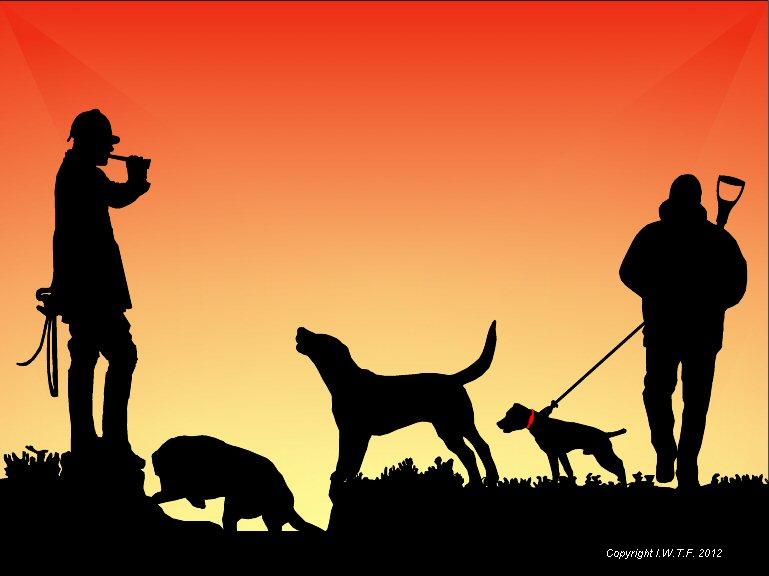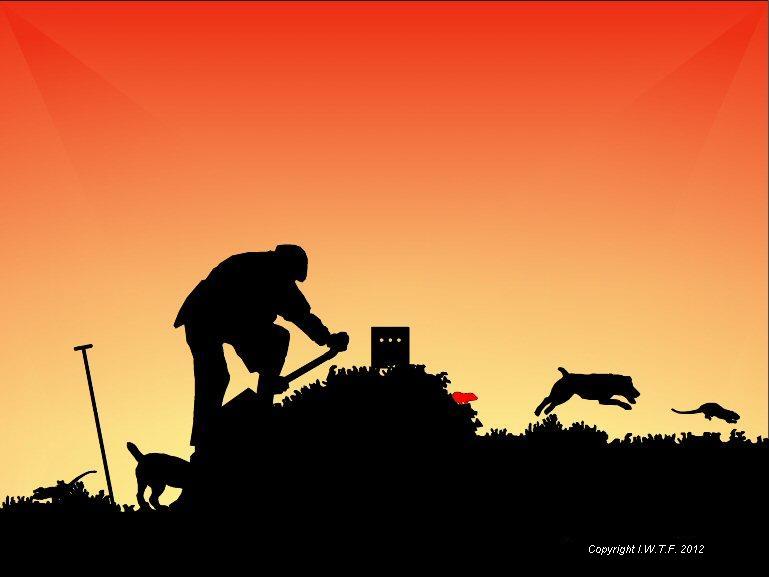Guidance on Tail Docking of Working Terriers.
I.W.T.F. guide on tail docking and dew claw removal for terriers.
The following is a broad outline of the effect that the new laws will have when breeding litters of working terriers. These changes help protect the welfare of working terriers and were put in place to protect your dogs from interference from people who do not understand hunting. These new statutory instruments (S.I.’s) are in addition to the Animal Health and Welfare Bill 2013 They are the; Prohibition of tail docking (dogs) Statutory Instrument Number 125 of 2014 and Prohibition of tail docking and dew claw removal (dogs) Statutory Instrument Number 128 of 2014 These Statutory instruments are available here. SI 125 SI 128 Become very familiar with these S.I’s as they are the basis of the law. This guide contains best practice advice that should improve the procedure and reduce any negative impact on the bitch and the pups. The methods and sequence selected by every terrierman will of course be based on decisions on the ground and at the time of the procedure. These are individual choices. Terrier pups must be docked and dew claws removed before they are 8 days old and the procedure must be carried out by a veterinarian or a veterinary nurse Terriermen should arrange to have these done before the pups are 4 days old because at this stage the nervous system is not fully developed and bones are still soft. It is wise to plan ahead and arrange with your local Veterinary clinic the docking requirements that you will need long before the whelping date. There is a certificate (declaration) that needs to be produced at the time of docking and dew claw removal. You will need this on hand when discussing the arrangements with the clinic. This document outlines the responsibility of all parties involved. The certificate as published in March 2014 is attached as an example here DeclarationProhibitiononTailDockingandDewClawsRemoval070314 but check the Department website for the most up to date version. The certificate can be downloaded here. https://www.agriculture.gov.ie/media/migration/ animalhealthwelfare/legislation/ DeclarationProhibitiononTailDockingandDewClawsRemoval070314.pdf The certificate requires that evidence produced on the day, established reasonable cause to believe that the pup would be used for work in connection with lawful pest control or lawful hunting. This evidence includes; 1 Viewing the dam of the pup AND 2 The statement made in part 1 of the certificate is signed by the owner. AND 3 Evidence that the dog will be used for work. (As the I.W.T.F. is accepted by the Department of Agriculture as representing the welfare of working terriers in Ireland the I.W.T.F. membership card is an example of evidence.) AND 4 A current firearm certificate OR 5 A letter from a Land-occupier (farmer) Stating that the dog will be used for lawful pest control. OR Person engaged in lawful pest control. Stating that the dog will be used for lawful pest control. Depending on the clinic, there may be letters and additional paperwork that need to be sought in advance. If these are not produced on the day the pups are presented, by law the clinic may refuse. Should this happen, remember even at this stage (4 days old) you still have another 4 days to find a different clinic. Agree the proof required for this clinic to perform the procedure on you pups. If you have any doubts have a backup clinic in reserve. Go through the certificate in detail at this stage, it will avoid any misunderstanding at the critical time. Ensure that the clinics managing veterinarian (not the receptionist) provides you with an appointment in writing as not all clinics understand the welfare needs of working dogs. You will not have the time to educate them on the day. It is recommended that the person performing the procedure comes to your kennel. This will reduce the stress on the bitch and the pups while undertaking a car journey. More importantly you reduce the risk of exposing the pups to the possibility of infection that could accumulate in a clinics waiting room. If a kennel visit is not possible discuss with the clinic the procedure that will best protect your litter. Bitches with a very young litter will be very protective and may be stressed by the appearance of a stranger. Plan to remove each pup to a different area during the procedure. Ensure the surface to be used (table top if at the kennel) is sterile before the procedure begins. They may use a scalpel or surgical scissors and because the nervous system is underdeveloped it is virtually painless. It is very important that you are clear in your instructions as to the length required for your particular pups. Mark the spot with a coloured antiseptic solution i.e. iodine, so there is no doubt. Do not believe that they know about working terriers. Unless absolutely necessary an anti-coagulant should be avoided as it will inhibit the bitch’s natural instinct to keep the area clean. Return them immediately and she will be busy checking each one to leave the whelping box. This keeps the separation to a minimum and the bitch from becoming agitated. 10 Points to remember; 1 Plan in advance and go through all of the paperwork. 2 Agree any proof required for this particular clinic. 3 Arrange a kennel visit. 4 Obtain a written appointment from the clinics manager. 5 Have a backup clinic in reserve. 6 At 4 days old perform the procedure. 7 Separate the pups one by one from the bitch. 8 Mark the required tail length. 9 Avoid anti-coagulants. 10 Return each pup immediately. The law also states that all pups must be permanently identified by a microchip. Check the document for the rules applying here. Be sure of the location of the database being used, if in doubt ask. This can be done at the time of docking or when the first vaccination takes place. This certificate is to stay with each pup for its lifetime. It can be produced as evidence of the dog being legally docked and its dew claws removed if the owner is ever questioned. You must use the law to be protected by the law.




